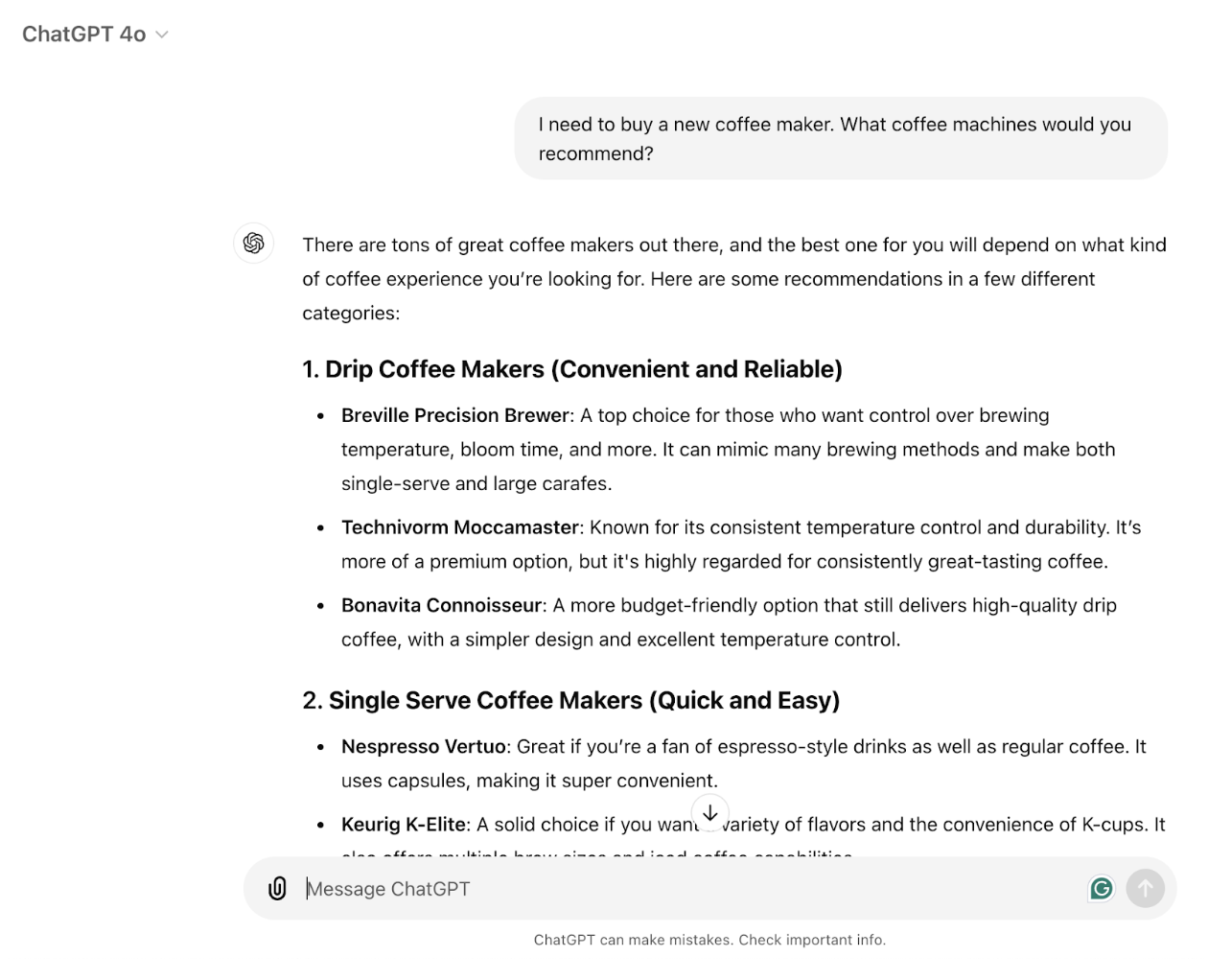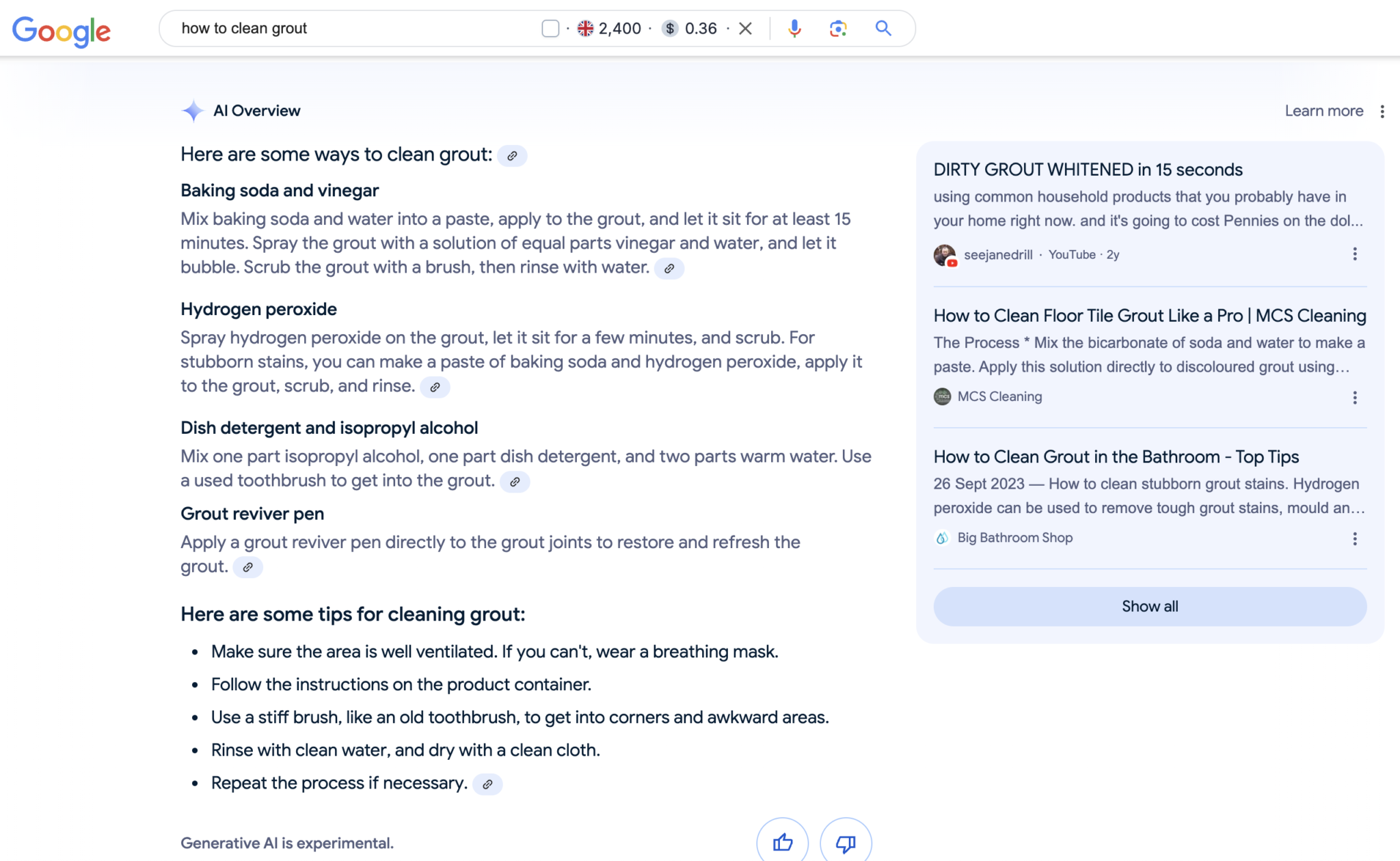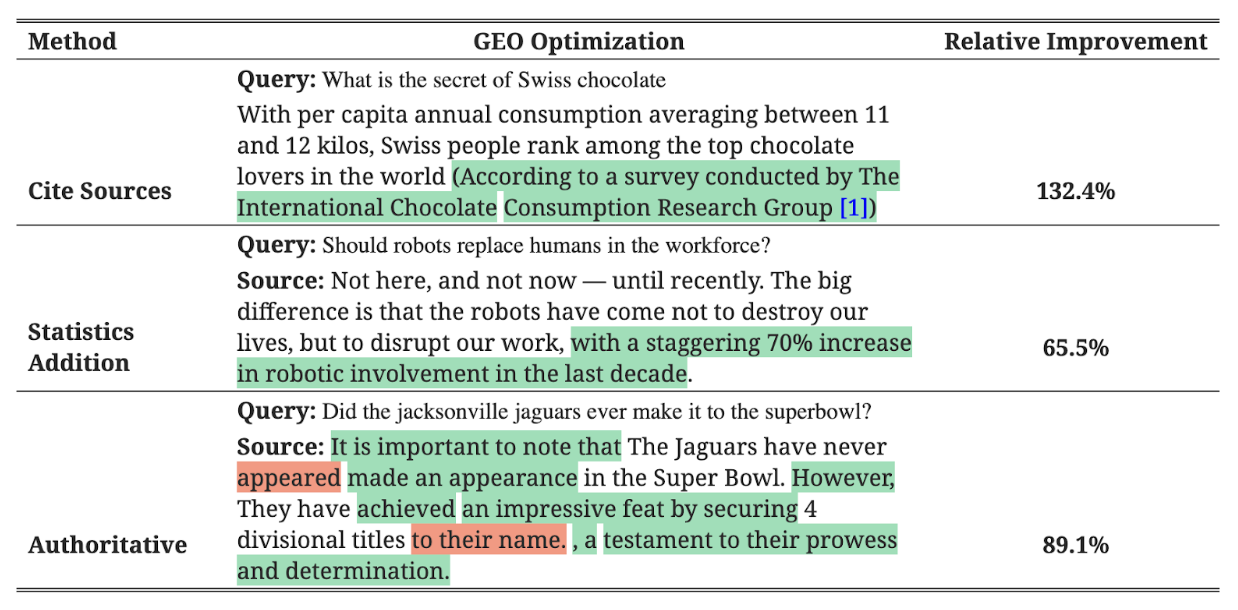Gold-plated jewellery is a popular and affordable jewellery option, offering a touch of luxury without the hefty price tag. However, it's important to understand that gold-plated jewellery requires careful maintenance to preserve its beauty. Over time, the thin layer of gold can wear off, exposing the base metal and leading to tarnishing. While gold-plated jewellery typically doesn't have hallmarks like solid gold, proper care can significantly extend its lifespan.
This guide will take you through everything you need to know to keep your gold plated jewellery shining all year round.
Does gold plated jewellery tarnish?
Yes, gold-plated jewellery does tarnish. Over time the thin layer of gold can wear down, exposing the base metal underneath. This can cause the jewellery to lose its shine or even take on a discoloured appearance.
Gold plated jewellery is made by applying a layer of gold onto a base metal, usually silver, brass or stainless steel, through a process called electroplating. The gold layer gives the gold plated jewellery its allure, resembling solid gold jewellery.
The thickness of the gold layer can vary, but it is typically between 0.5 to 2.5 microns. As a general rule of thumb a high quality gold plated finish would be at least 1.0 micron. This layer of gold can wear off over time, exposing the base metal underneath and causing a tarnished look.
Gold plated jewellery is generally more affordable than solid gold jewellery, making it a popular choice for those looking for a budget-friendly jewellery option that still offers a gold-like look.
Does gold plated jewelry have any hallmarks or stamps?
Unlike solid gold jewellery, gold-plated jewellery typically won't have any hallmarks. Hallmarks are tiny markings like 375 for 9k gold and 925 for 925 sterling silver, stamped on precious metals to indicate their purity and authenticity. These markings are regulated by companies such as the assay office and ensure you're getting what you pay for.
However, there are a few exceptions:
- Hallmarked Base Metal: If the base metal used under the gold plating is itself a precious metal, like sterling silver (Vermeil Jewelry), it might have a hallmark but only if the piece meets a certain weight requirement (usually over 7.78 grams for sterling silver).
- Manufacturer's Mark: Some brands and manufacturers might include their own stamp or logo, but this won't tell you anything about the gold content. It might indicate the plating process used (e.g., "GEP" for gold electroplate).
So, while hallmarks aren't a reliable way to identify gold-plated jewellery, the absence of a hallmark can be a clue. If you're unsure, it's always best to consult the seller or look for the piece's description which should mention if it's plated, sterling silver or solid gold.
Why gold plated jewellery tarnishes?
Gold-plated jewellery offers a beautiful and affordable way to add a touch of gold to your look. But as we've discussed, the plating can wear down over time. The good news is, with a little TLC, you can extend the lifetime of your pieces and keep your gold-plated jewellery shining!
Several factors can affect the durability of gold plated jewellery:
- Contact with chemicals: Harsh chemicals, such as chlorine or certain cleaning agents, can damage the gold plated layer on your jewellery.
- Moisture and humidity: Excessive moisture or exposure to humidity can cause the gold plated layer to tarnish faster which is why we always recommend removing your gold plated jewellery before showering.
- Physical impact: Gold plated jewellery can be susceptible to scratches or dents from physical impact. It is important to handle and store your jewellery carefully to prevent damage.
- Frequency of wear: Jewellery that is worn frequently is more likely to show signs of wear and tear, regardless of whether it is gold plated or solid gold. Proper maintenance can help prolong the lifespan of both types of jewellery.
Click Here to read Tyresse's top tips and tricks to care for your jewellery.

Gold Plated Jewellery vs Solid Gold Jewellery
| Metal | Gold Plated Jewellery | Vermeil Jewellery | Solid Gold Jewellery |
| Metal Type | Thin layer of gold applied to a base metal, like brass or sterling silver, using a process called electroplating | Jewellery made by coating a sterling silver base with a layer of gold. | Made entirely of gold or a gold alloy, and is the most durable and expensive type of gold jewellery. |
| Advantages | Gold-plated jewelry whilst offering a similar look to solid gold is cheaper than solid gold jewellery and other gold alternatives like silver jewellery. | Gold vermeil is less expensive than solid gold jewellery but more durable than other gold-plated options because it has a thicker layer of gold. The gold layer is typically at least 2.5 microns thick. | Solid gold is seen as a commodity that will retain its value and its more durable than gold-plated jewelry. Solid gold jewellery is also less likely to tarnish or discolor over time. |
SEO, AI Overviews (previously SGE) and GEO are the three organic search terms that we are hearing a lot about, but they serve different purposes and use different strategies.
- SEO (Search Engine Optimisation): SEO is the traditional approach to ensuring your content ranks well on search engines like Google. The goal is to rank on search engine results pages (SERPs) when users search for related topics.
- AI Overviews: AI Overviews are the AI-driven summaries directly at the top of search results (previously called SGE or Search Generative Experience). It provides users with quick overviews of information sourced from various web pages.
- GEO (Generative Engine Optimisation): GEO takes optimisation further into the AI realm, focusing on referencing content within generative models like ChatGPT, Perplexity, and Claude. GEO is not just about search rankings; it’s about becoming a part of the AI’s knowledge base so your content is favoured during answer generation.
How Is GEO Similar to SEO?
- Visibility Goals: Both GEO and SEO aim to increase the visibility of your content, whether it’s in traditional search engines or AI-generated responses.
- Content Quality: High-quality, authoritative content is crucial for both GEO and SEO. Search engines and generative models favour content that is reliable, informative and well-structured.
- Keyword Strategy: Just like in SEO, GEO involves identifying relevant keywords and phrases to make content easily discoverable by search engines or AI models.
- Technical Optimisation: Both GEO and SEO benefit from a technically optimised website, including proper use of schema markup, metadata and fast page loading times.
- Importance of Backlinks: Backlinks remain important for establishing authority and credibility in both GEO and SEO.
How Is GEO Different from SEO?
- Target Audience: SEO focuses on improving content visibility in search engine results pages (SERPs), whereas GEO aims to have content referenced in AI-generated responses, such as by ChatGPT, Google Gemini and other generative engines.
- Content Presentation: SEO focuses on ranking on search pages where users choose which link to click. GEO aims to have your content directly included in an AI-generated answer, eliminating the need for users to click through multiple links.
- Authority Signals: While SEO relies heavily on keywords, backlinks, and on-page signals, GEO also depends on brand mentions and having information available in trusted aggregators or directories that AI models may prioritise.
- User Intent Handling: SEO focuses on optimising for a wide range of search intents, from informational to transactional. GEO, on the other hand, focuses on optimising for AI-generated answers, which tend to be more informational and less about driving direct traffic.
How to Rank in Generative Engine Optimisation
Want your business recommended more often in generative AI models? We’ve spent a whole lot of time hypothesising, testing and experimenting across industries to understand how to optimise for generative engines. Here are the current theories of how to make it happen:
1. Optimise for Web Search: Many AI tools perform a web search in the background to generate their responses. GEO is built on traditional SEO (yep, spoiler: SEO isn’t dead yet). This means you need to rank in traditional search results to be then picked up by generative models. Essentially, you need to rank well in the old SEO game to be able to play the new GEO game.
Best Practices for Implementing GEO
It’s not just what you do but how you do it. Increasingly, we’re seeing GEO prioritising content that follows these best practices:
- Good Quality: Nobody wants to read crap content. Be detailed, factual and cover topics comprehensively. Include statistics and data points to reinforce credibility. Write a good author bio and include it in the blog post.
- Consistent Brand Voice: A consistent brand voice helps AI recognise your authority and credibility. We’ve found the best way to do this when generating content through AI tools or to even out tone consistency is to feed it a full Brand Accelerator report that includes tone of voice, copy examples and customer personas.
- Simplifies Complex Concepts: Make your content easy to understand. Generative models value fluency and readability, so aim to simplify complex topics while keeping key information intact.
- Skimmable Content: Make your content easy to skim by using headers, bullet points, and visuals. Generative models prefer skimmable content that can be easily summarised.
Is your marketing underperforming?
Integrating GEO with SEO
GEO and SEO work hand-in-hand to increase your content’s visibility across both traditional search engines and AI models. By combining these strategies, you ensure your content ranks well in search engines and is referenced by AI models.
Strategies for Effectively Combining GEO and SEO
To get the best of both worlds, we recommend combining GEO and SEO. Here are the strategies we recommend to effectively integrate GEO and SEO into your marketing strategy:
- Optimise for Both Web Search and AI Context: Focus on ranking well in traditional search engines while ensuring your content is detailed enough for AI models to understand its value and relevance.
- Content for Humans and AI Readability: Create well-structured content that is easy to skim by using clear headings, bullet points and concise paragraphs. This helps with traditional SEO while making your content easier for generative models to summarise and reference.
- Backlinks and Brand Mentions: Go bigger and broader with Digital PR, focusing both on building backlinks and gaining brand mentions across many different websites.
- Monitor Visibility in Both Channels: Track your visibility in and traffic from both traditional SERPs and AI-generated responses.
Does Implementing GEO Actually Work?
Research on the effectiveness of implementing GEO is limited, as it is still a new and emerging field. From our experience at Exposure Ninja, we’ve found that it is effective. We’ve been pioneers in this new type of optimisation, helping clients rank in AI Overviews and teaching other agencies to do the same.
Through using the GEO techniques we discussed above, our Ninja team has secured a whole heap of AI Overview spots for clients across industries. Here’s one example of an AI Overview we’ve secured (and held) for a client in the cleaning sector. This page is consistently the number 1 traffic driver to this client’s website, overtaking the homepage by a lot.

However, we also know that these AI search features and AI chatbots are evolving, and fluctuations happen. Just as with getting the top of Google’s search results, securing AI Overviews or ChatGPT mentions doesn’t mean you’ll maintain them. What marketers can and should do is experiment: figure out how to get them and try different ways to maintain those positions.
We’re not the only ones seeing this. A recent research paper set the SEO world ablaze with its data, finding that implementing GEO techniques can increase visibility in GE responses by up to 40%. The table below from the same paper shows the percentage increases in visibility after making changes to website copy. Greens are new additions, and reds are deletions. Take this relative improvement data with a grain of salt as improvement measures are limited.

Table fromGEO: Generative Engine Optimizationby Aggarwal et al.
How Can You Measure Results from GEO?
Tracking AI Overviews
SEMrush’s Position Tracking tool tracks AI Overview features for keywords tracked for your campaign. Within the Position Tracking tool, navigate to SERP Features and this will display keywords from your campaign that triggered an AI Overview and whether your website was highlighted.
Tracking Visibility
The primary measure currently being used to track generative engine results is overall visibility. This includes general online visibility metrics like backlinks and brand mentions. You can check your backlink profile usingSEMrush’s Backlink Analytics tool. These measures are based on the assumption that the more you’re talked about online, the more likely it is that generative models will include your brand in their responses.
AI Sentiment Analysis
HubSpot has introduced an AI Search Grader tool that measures brand presence by analysing results from GPT-4o. This tool provides a helpful overview of brand sentiment and share of voice.
In practice, the tool runs a series of queries based on the business information you provide, meaning its analysis is limited to the terms you input. However, it can be used repeatedly to evaluate different products or services, giving a more comprehensive insight over time.
Measuring Traffic Referral
The most useful current measure of GEO results are traffic, sessions and conversions on your website that have come through generative engines. At Exposure Ninja, we set up custom reports using your GA4 data to show GEO results. These reports include AI platform traffic over time, AI platform sessions, AI platform conversions, top GEO landing pages and AI platform traffic and conversion splits.
Tracking Mention Frequency
There is no clear way to track mentions and recommendation frequency within AI chatbots. Currently, the only other way to measure mentions is through manual searches on AI engines. This process is time-consuming and — with the rapid evolution of AI search tools — the gathered data can quickly become outdated.
Challenges of GEO
GEO has its own challenges. One major issue is AI’s inherent bias — generative engines are only as good as the datasets they’re trained on. Bias in those datasets can affect which content is generated. So, content should draw on a diverse range of reputable sources and include information representing different perspectives to mitigate bias.
There are also ethical concerns around misinformation and over-optimisation and ensuring factual accuracy in your content is key to avoiding these pitfalls.
AI is evolving rapidly, and staying up-to-date on algorithm changes and new capabilities is crucial to keeping your content visible. Additionally, the winner-takes-all nature of generative models means that only a handful of top responses get the bulk of visibility, making it essential to ensure your content is as authoritative and high-quality as possible.
That’s where Exposure Ninja comes in: we’re pioneers of AI search, having led the way in uncovering ranking factors for and getting our clients featured in AI Overviews and on AI chatbots. We keep on top of all the AI search updates so you can focus on other important stuff in your business. Get your free website and marketing review and find out how we can do the same for you.
The Future of Generative Engine Optimisation
While only a fraction of searches are carried out on AI chatbots and Google still has the vast majority of search market share, some marketers are viewing this moment as a land grab. Integrating GEO into your marketing strategy now puts you ahead of competitors. Many have not yet understood the shift that’s happening.
We Ninjas don’t have a crystal ball here. Still, it’s not absurd to think that generated AI answers could become the primary method for content discovery, especially with its integration into search engines and virtual assistants. If you’re serious about dominating your marketplace, then GEO should be in your game plan.
Move beyond SEO as we know it and get to grips with GEO techniques to future-proof your business
Get GEO insights from our Ninjas by requesting a free website and marketing review. Contact us directly to discuss our Generative Engine Optimisation services.



